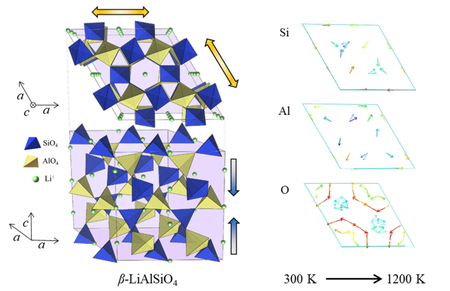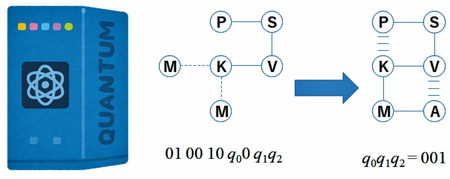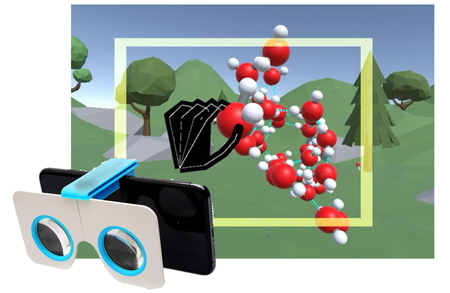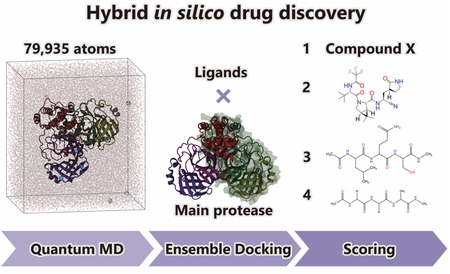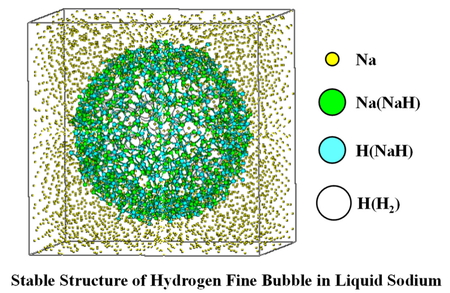Volume 21, Issue 2
Displaying 1-11 of 11 articles from this issue
- |<
- <
- 1
- >
- >|
Foreword
-
2022 Volume 21 Issue 2 Pages A3-A4
Published: 2022
Released on J-STAGE: November 16, 2022
Download PDF (363K) Full view HTML
Letters (SCCJ Annual Meeting 2022 Spring Poster Award Article)
-
2022 Volume 21 Issue 2 Pages 33-35
Published: 2022
Released on J-STAGE: November 16, 2022
Download PDF (1981K) Full view HTML -
2022 Volume 21 Issue 2 Pages 36-38
Published: 2022
Released on J-STAGE: November 16, 2022
Download PDF (896K) Full view HTML
Letters (Selected Paper)
-
2022 Volume 21 Issue 2 Pages 39-42
Published: 2022
Released on J-STAGE: November 16, 2022
Download PDF (2014K) Full view HTML -
2022 Volume 21 Issue 2 Pages 43-44
Published: 2022
Released on J-STAGE: November 16, 2022
Download PDF (799K) Full view HTML
Letters (SCCJ Annual Meeting 2022 Spring Poster Award Article)
-
Theoretical Study on the Reaction Mechanism of the Water-Splitting Process on Cobalt Oxide Catalysts2022 Volume 21 Issue 2 Pages 45-47
Published: 2022
Released on J-STAGE: November 16, 2022
Download PDF (1076K) Full view HTML
Letters (Selected Paper)
-
2022 Volume 21 Issue 2 Pages 48-51
Published: 2022
Released on J-STAGE: November 23, 2022
Download PDF (1613K) Full view HTML -
Acceleration of Density Functional Theory by Optimizing Self-Consistent Field Calculation Conditions2022 Volume 21 Issue 2 Pages 52-54
Published: 2022
Released on J-STAGE: December 26, 2022
Download PDF (1260K) Full view HTML -
2022 Volume 21 Issue 2 Pages 55-57
Published: 2022
Released on J-STAGE: January 05, 2023
Download PDF (928K) Full view HTML -
2022 Volume 21 Issue 2 Pages 58-60
Published: 2022
Released on J-STAGE: January 05, 2023
Download PDF (957K) Full view HTML -
2022 Volume 21 Issue 2 Pages 61-62
Published: 2022
Released on J-STAGE: February 07, 2023
Download PDF (1754K) Full view HTML
- |<
- <
- 1
- >
- >|

